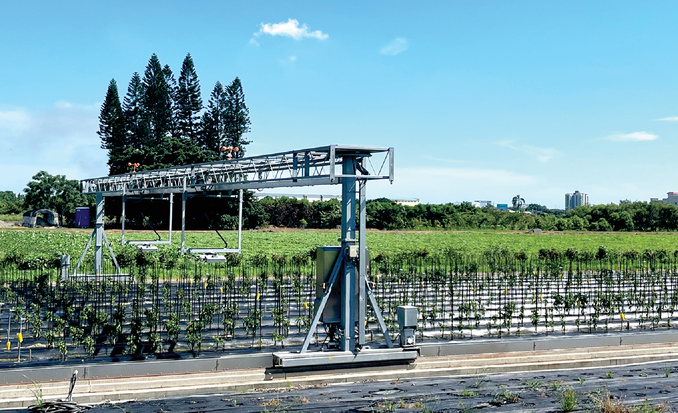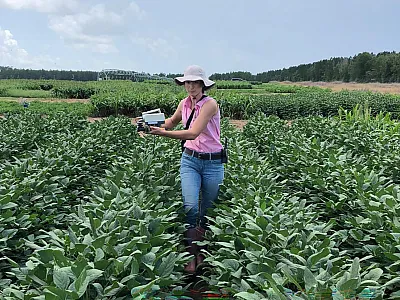Combining Methods Improves Selection Accuracy for Heat Stress Tolerance in Pepper

With climate change, pepper and many other crops will suffer significant losses. Heat stress tolerance is a complex trait composed of numerous component traits, each controlled by multiple genes. In addition, phenotyping for heat stress tolerance is extremely challenging because the individual component traits are not easily observed, don’t have a clear tolerance threshold, and must be meticulously quantified during stress conditions.
High‐throughput phenomics can help researchers select sources of heat tolerance and identify the most important component traits to streamline future breeding. Using the global Capsicum core collection, an international team of scientists compared different methods of genomic and phenomic selection. They found that combining classical and multispectral phenotyping methods produced better selection results than either method alone. They identified 33 entries as potential sources of heat tolerance breeding, 13 of which were selected in multiple methods.
Using phenomic and genomic data, the team demonstrated the potential for breeder knowledge to compensate for a lack of germplasm knowledge and for logistical or financial barriers to new technologies. This provides a pathway for breeders of any crop to design a plan to help adapt to climate change.
Adapted from Fumia, N., Kantar, M., Lin, Y.‐P., Schafleitner, R., Lefebvre, V., Paran, I., … & Barchenger, D. W. (2023). Exploration of high‐throughput data for heat tolerance selection in Capsicum annuum. The Plant Phenome Journal, 6, e20071. https://doi.org/10.1002/ppj2.20071
Text © . The authors. CC BY-NC-ND 4.0. Except where otherwise noted, images are subject to copyright. Any reuse without express permission from the copyright owner is prohibited.











